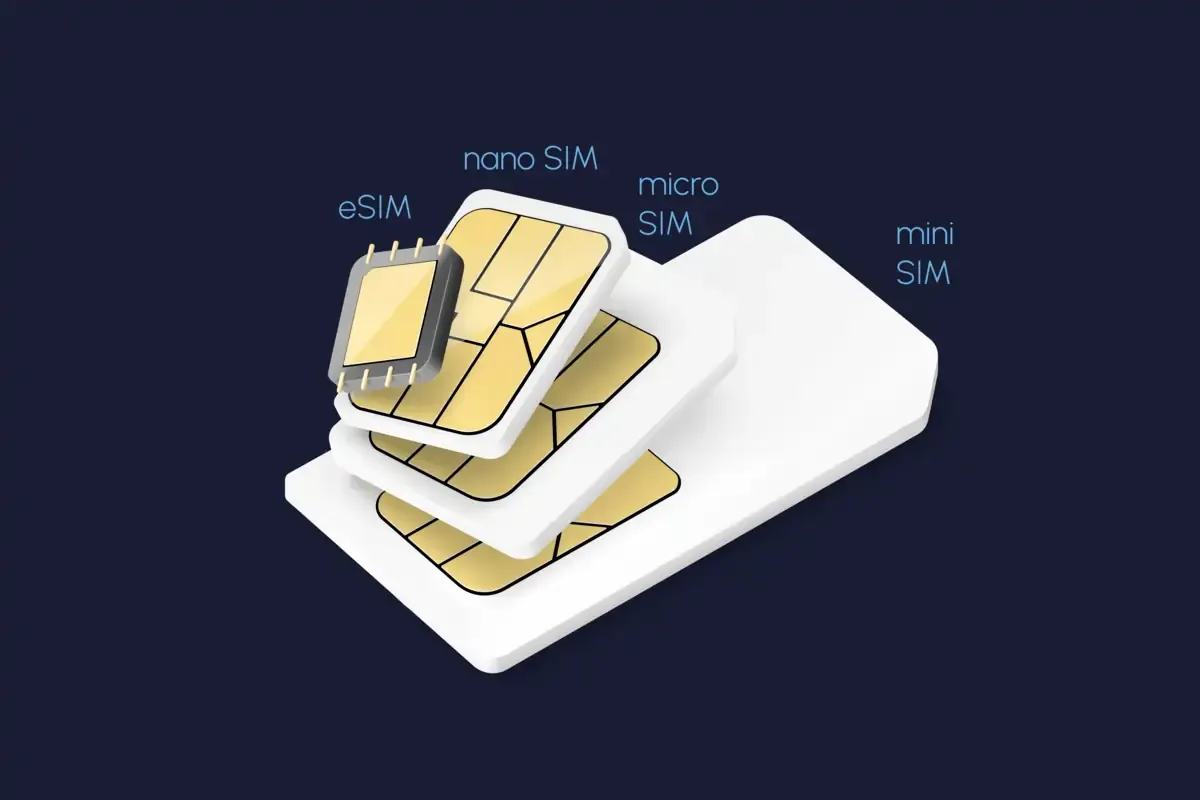Evolution of the eSIM Market: Connectivity, Devices, and Applications

The global adoption of eSIM technology has been a disruptive force for Mobile Network Operators (MNOs), forcing them to fundamentally rethink their customer acquisition strategies, operational processes, and competitive positioning. A market analysis from the operator's perspective of the Esim Market reveals a journey from initial apprehension to strategic embrace. Initially, many MNOs viewed the rise of eSIMs with considerable skepticism and concern. The physical SIM card has long been a powerful tool for customer retention, acting as a physical "lock-in" mechanism that created friction for customers wanting to switch providers. The seamless, over-the-air carrier switching enabled by eSIMs was seen as a direct threat to this control, potentially leading to increased customer churn and price-based competition. However, this defensive posture has largely given way to a more proactive and opportunistic strategy, as operators have come to recognize the significant operational benefits and new market opportunities that eSIMs unlock. The competitive pressure from device manufacturers like Apple, who have aggressively pushed the technology, has also made supporting eSIM a matter of competitive necessity rather than a choice.
The primary operational benefit for MNOs is the significant reduction in costs associated with the production, distribution, and management of physical SIM cards. The entire supply chain of manufacturing plastic SIMs, shipping them to retail stores, and managing inventory is eliminated in a fully digital eSIM ecosystem. This not only leads to direct cost savings but also enables a much more streamlined and efficient customer onboarding process. Instead of having to visit a physical store or wait for a SIM card to be delivered by mail, a new customer can sign up for a plan online and activate their service instantly by scanning a QR code or through a carrier's app. This digital-first customer experience is more aligned with modern consumer expectations and can be a powerful competitive differentiator. Furthermore, eSIMs make it easier for MNOs to offer and manage a wider range of flexible plans, such as short-term data plans for travelers or specialized, low-bandwidth plans for IoT devices, all managed through a digital platform. The Esim Market size is projected to grow USD 29.59 Billion by 2035, exhibiting a CAGR of 31.4% during the forecast period 2025-2035.
Beyond the consumer market, eSIM technology opens up a massive new revenue opportunity for MNOs in the burgeoning Internet of Things (IoT) and machine-to-machine (M2M) sectors. Providing connectivity for potentially billions of IoT devices represents a significant new growth vector for operators facing saturation in the traditional consumer mobile market. eSIMs are the key to unlocking this market at scale. MNOs are investing in robust Remote SIM Provisioning (RSP) platforms that allow enterprise customers to manage the connectivity of their entire global fleet of IoT devices from a single dashboard. This allows them to offer sophisticated global connectivity solutions, often in partnership with other operators around the world, to multinational corporations deploying connected products. This B2B focus requires a shift in strategy, from selling individual consumer plans to offering comprehensive, platform-based connectivity management services. The ability to successfully pivot and capture a significant share of the high-growth IoT market is now a key strategic imperative for MNOs, and eSIM technology is the foundational tool for achieving this goal.
Top Trending Reports -
Rapid Application Development Industry
- Art
- Causes
- Crafts
- Dance
- Drinks
- Film
- Fitness
- Food
- الألعاب
- Gardening
- Health
- الرئيسية
- Literature
- Music
- Networking
- أخرى
- Party
- Religion
- Shopping
- Sports
- Theater
- Wellness


